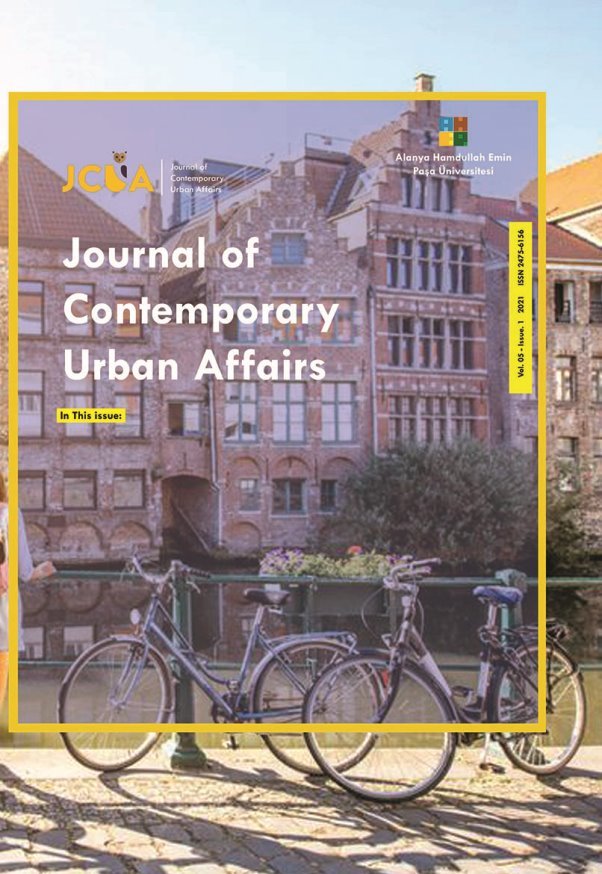
Journal Of Contemporary Urban Affairs
Yazarlar: Francisco Pereira, Elison Eduardo Bierhals, Jose Leandro Neris, Matheus Rippel, Claudinéia Brazil, Luciane Salvi, Nei Marçal
Konular:-
DOI:10.25034/ijcua.2018.3682
Anahtar Kelimeler:Climate Change,PCC-AR5,Precipitation.
Özet: The hydroelectric plants are first in the Brazilian energy matrix, so irregularities in the rainfall regime can affect the energy generation, thus evidencing the need to know the rainfall distribution in the studied area. This work aimed to evaluate possible analysis of the impacts of climate change on the rainfall regime in the Machadinho hydroelectric region. For the research development, the IPCC-AR5 pessimistic scenario was used, representing a scenario with a continuous population growth and high carbon dioxide emissions. From the historical series and organized projections, precipitation anomalies were calculated. Analyzing the difference between the average of the month and the climatological normal, it was inferred that the model used presented a positive trend for precipitation in the period from 2026 - 2100, projecting anomalies between 25 and 200 mm per month. A greater amplitude is observed in the precipitation of 2076-2100, indicating an increase in the occurrence of extreme events of precipitation, mainly in the spring period. Considering that the rains in the Machadinho hydroelectric region are increasing in the scenarios analyzed, the average water level in the reservoir of the plant tends to increase.